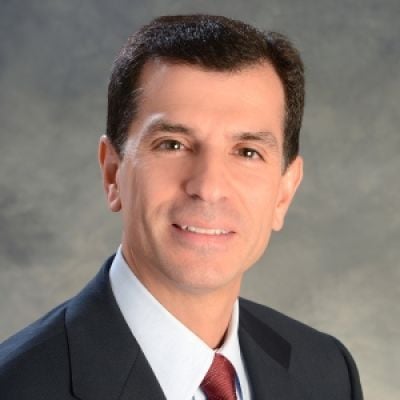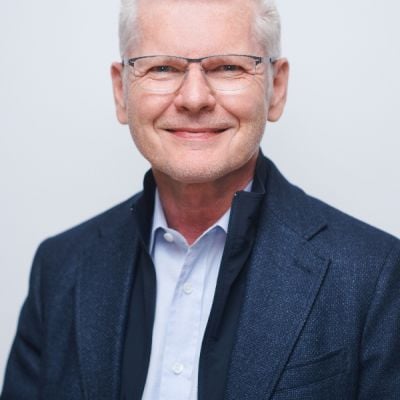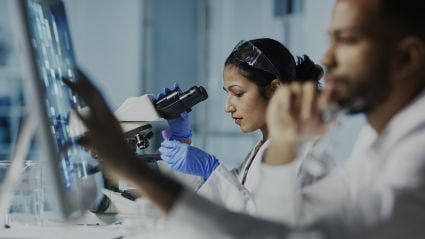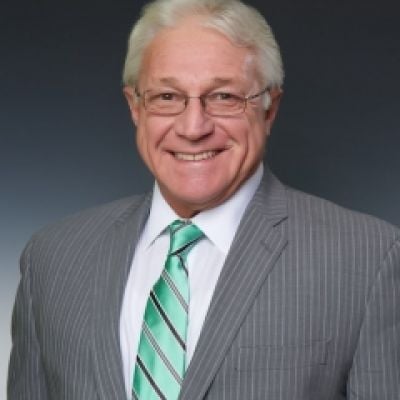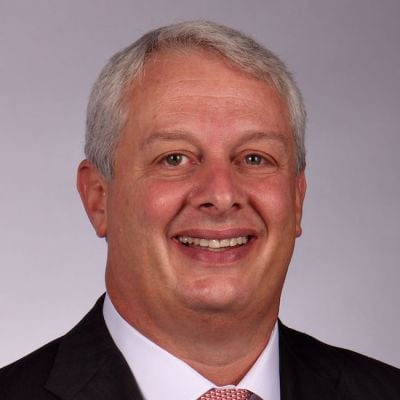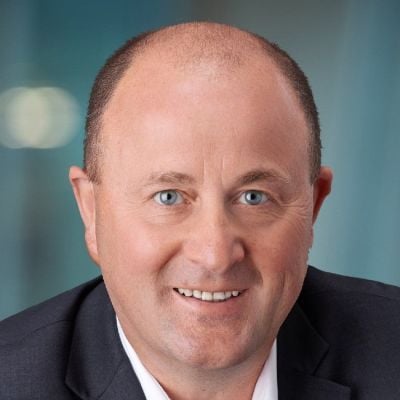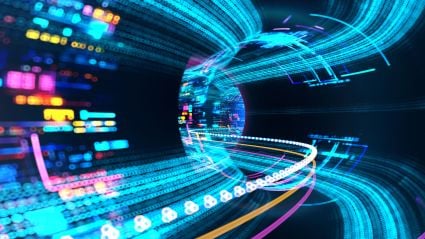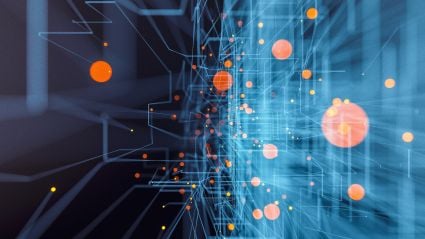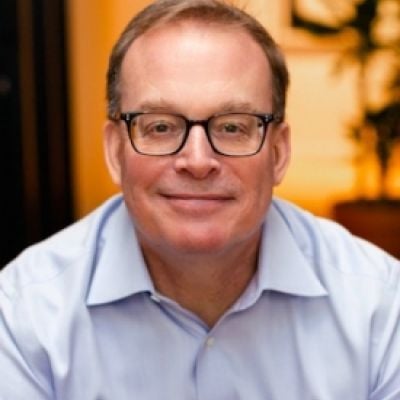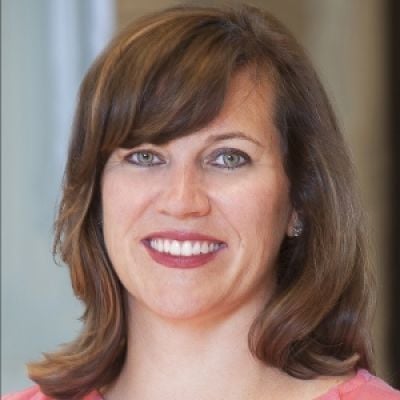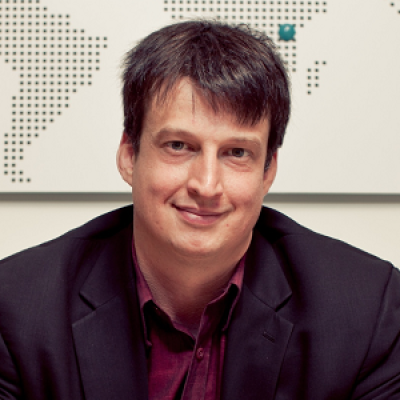
Through the application of proven quantitative approaches, using artificial intelligence (AI) and machine learning (ML), we can turn disparate types of health-care data into actionable insights with the potential to transform the broad health-care and life sciences industry, ultimately improving the lives of patients. The “triple aim” of improving the health of populations, increasing access to quality services, and reducing costs to individuals and society is possible. However, the obstacles in front of us have more to do with the structure of the health-care system than from a lack of technology or expertise to facilitate machine-driven medical breakthroughs.
Advances in drug discovery, drug repurposing, evidence-based clinical trial design, improved diagnosis, and health-care delivery are all possible through the application of AI to the vast data sets created from millions to billions of patient interactions within the health-care system.
The health-care industry is heavily fragmented, which has led to the balkanization of data. We cannot draw connections and find subtle signals until we can bring these large and diverse data sets together for analysis.
In many countries, access to patient data is highly regulated, data related to drug research and development is highly protected by commercial interests, and, where health-care data is available, it is very expensive.
One often-discussed solution would be for the industry to build a collaborative data infrastructure, as a sort of central repository for health-care data from electronic medical records and drug R&D efforts. This repository would use common standards, be stored in the cloud, and would function as a global internet of the health-care and life sciences industry. That, of course, assumes a great deal of public and private investment as well as cooperation between competitive entities.
Another possible answer is that current AI and quantitative solutions prove effective enough that the industry can consolidate around an approach and that its best practices gain common acceptance. There are at least 150 health-care-focused, data science start-ups as well as established technology companies competing for access and the chance to establish their methods as breakthroughs for our industry. However, stakeholders are unlikely to concentrate around a set of standards quickly, and new approaches are always emerging.
In spite of these challenges, machine learning approaches can potentially de-risk drug and medical device development. Upfront costs to bring a drug to trial are high ($19 million is the median, says Johns Hopkins University), and failure is routine (only 14 percent of new drugs make it through Food and Drug Administration trials and to market). We can use advanced data analysis to bring down upfront costs and to structure studies more precisely to make success more likely.
As we facilitate the development of drugs and devices, we can help companies to find new uses for previously approved products, adding greatly to the financial rewards for developing treatments.
The same methods that will aid the creation of new cures can also help doctors make more accurate diagnoses. Last year, Moorfield’s Eye Hospital in the UK was able to develop an automated diagnosis for 50 eye diseases that matched the performance of its best doctors. A study by researchers in San Diego and Guangzhou that used the health records from 567,000 children to look for patterns to help diagnose childhood illnesses found that the predictions outperformed the abilities of many of its junior doctors.
Better diagnoses at the individual level can lead to the discovery of patterns that will tell us things like whether a flu season will be particularly deadly or expansive. With that knowledge, we can add to the field of health-care logistics—staffing hospitals for anticipated demand and helping large care organizations schedule both staff and patients; prediction for medical prevention.
The power of AI and ML for medical prediction is here and has the power to change the health-care and life sciences industry for the benefit of all. The faster we can establish a collaborative approach and reduce barriers to accessing health-care data, the more patient lives we can save and improve. Let us make scientific approaches to prediction for good a reality.




